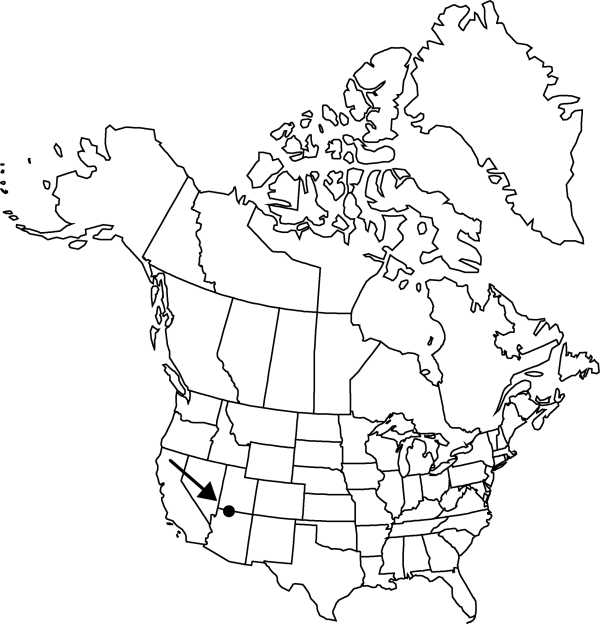Difference between revisions of "Opuntia aurea"
Cact. Succ. J. (Los Angeles) 5: 489, fig. s.n. (p. 489). 1933.
FNA>Volume Importer |
FNA>Volume Importer |
||
| Line 11: | Line 11: | ||
|name=Opuntia basilaris var. aurea | |name=Opuntia basilaris var. aurea | ||
|authority=(E. M. Baxter) W. T. Marshall | |authority=(E. M. Baxter) W. T. Marshall | ||
| − | }}{{Treatment/ID/Synonym | + | }} {{Treatment/ID/Synonym |
|name=Opuntia erinacea var. aurea | |name=Opuntia erinacea var. aurea | ||
|authority=(E. M. Baxter) S. L. Welsh | |authority=(E. M. Baxter) S. L. Welsh | ||
| Line 29: | Line 29: | ||
|elevation=1500-1800 m | |elevation=1500-1800 m | ||
|distribution=Ariz.;Utah. | |distribution=Ariz.;Utah. | ||
| − | |discussion=<p>Opuntia aurea forms hybrids with O. polyacantha var. erinacea and O. phaeacantha, and forms hybrid swarms with O. pinkavae (B. D. Parfitt 1991).</p> | + | |discussion=<p><i>Opuntia aurea</i> forms hybrids with <i>O. polyacantha </i>var.<i> erinacea</i> and <i>O. phaeacantha</i>, and forms hybrid swarms with <i>O. pinkavae</i> (B. D. Parfitt 1991).</p> |
|tables= | |tables= | ||
|references= | |references= | ||
| Line 53: | Line 53: | ||
|publication year=1933 | |publication year=1933 | ||
|special status= | |special status= | ||
| − | |source xml=https://jpend@bitbucket.org/aafc-mbb/fna-data-curation.git/src/ | + | |source xml=https://jpend@bitbucket.org/aafc-mbb/fna-data-curation.git/src/8f726806613d60c220dc4493de13607dd3150896/coarse_grained_fna_xml/V4/V4_279.xml |
|subfamily=Cactaceae subfam. Opuntioideae | |subfamily=Cactaceae subfam. Opuntioideae | ||
|genus=Opuntia | |genus=Opuntia | ||
Revision as of 17:27, 18 September 2019
Shrubs, forming low clumps or with trailing branches, 10–30 cm. Stem segments not disarticulating, green to blue-green, flattened, elliptic to obovate, 6–15 × 5–12 cm, low tuberculate, papillate; areoles 7–11 per diagonal row across midstem segment, subcircular to elliptic, 3–5 × 2–4 mm; wool tan. Spines absent or only l spine in 1–few distal areoles, deflexed, yellow to gray, straight, terete, to 10 mm. Glochids in dense crescent at adaxial margin of areole and dense subapical tuft, yellow, to 6 mm. Flowers: inner tepals yellow throughout (magenta in introgressed plants), 25–30 mm; filaments white to yellow; anthers yellow; style white; stigma lobes green. Fruits tan to gray, 25–30 × 15–20 mm, dry, spineless; areoles 12–18. Seeds tan, subspheric to irregularly shaped, flattened, very large, 9–12 mm diam.; girdle thick, protruding 2.5–3.5 mm. 2n = 66.
Phenology: Flowering late spring (May–Jun).
Habitat: Pinyon-juniper woodlands, red sands
Elevation: 1500-1800 m
Discussion
Opuntia aurea forms hybrids with O. polyacantha var. erinacea and O. phaeacantha, and forms hybrid swarms with O. pinkavae (B. D. Parfitt 1991).
Selected References
None.
